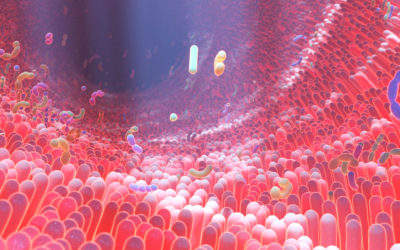Ya Xi, Liudan Tua, Yanli Zhang, Qinghong Yu, Henglian Wu, Shanhui Ye, Haibo Li, Zena Chen, Jialing Wu, Shuangyan Cao, Qiujing Wei, Jieruo Gu
Published: 8th October 2021
Abstract:
“Fengshi Gutong Capsule (FSGTC) is a traditional Chinese herbal medicine that is composed of seven herbs. It has been widely used for the treatment of joint pain in China. However, the clinical evidence supporting its use in patients with ankylosing spondylitis (AS) is lacking.
Aim of the study: This study aims to explore the efficacy and safety of FSGTC in the treatment of AS.”
Materials and methods:
“This randomized, controlled, double-blinded, double-dummy trial enrolled patients with active AS defined as Bath Ankylosing Spondylitis Disease ActivityIndex (BASDAI) ≥ 4 or Ankylosing Spondylitis Disease Activity Score with C-reactive protein (ASDAS-CRP) ≥ 2.1.
Eligible patients were randomized (1:1:1) into combination group (FSGTC plus imrecoxib), FSGTC group (FSGTC plus imrecoxib placebo) or imrecoxib group (imrecoxib plus FSGTC placebo) over a 4-week treatment. The primary endpoint was the composite outcome measure of the Assessment in Ankylosing Spondylitis 20% (ASAS20) response at week 4. The secondary endpoints included ASDAS-CRP, BASDAI, Bath Ankylosing Spondylitis Functional Index (BASFI), Bath Ankylosing Spondylitis Metrology Index (BASMI), patient’s global assessment of disease activity (PGTA) and safety.”
Results:
“Of the 180 randomized patients, 159 patients (88.3%) completed the 4-week treatment. ASAS20 response rate at week 4 was achieved by 27.5% in imrecoxib group, compared with 37.0% in combination group (P > 0.05) and 37.0% in FSGTC group (P > 0.05).
In comparison to imrecoxib group, there were significantly greater improvements of ASDAS-CRP and PTGA in combination group and greater improvement of ASDAS-CRP in FSGTC group while the rest of the secondary endpoints shown similar improvement. The incidence of gastrointestinal adverse events in imrecoxib group (15.7%) was significantly higher than that of FSGTC group (1.9%) and without a significant difference to combination group (7.4%).
Conclusion:
“FSGTC alone or combined with NSAIDs has therapeutic efficacy in decreasing disease activity of active AS patients and with good gastrointestinal tolerability after 4-week of treatment.”


0 Comments